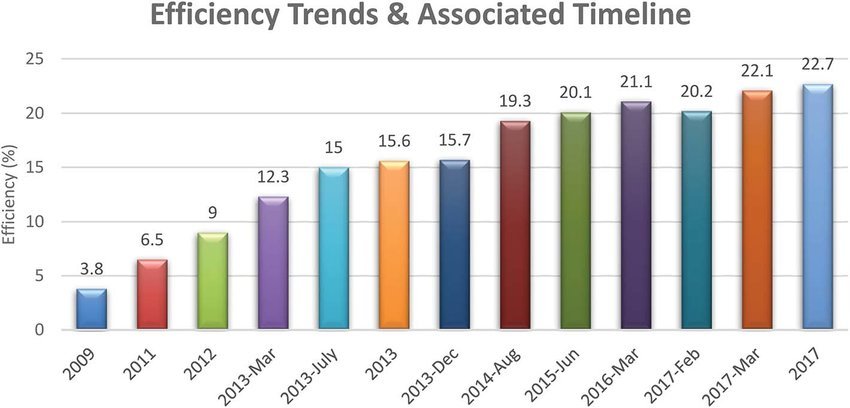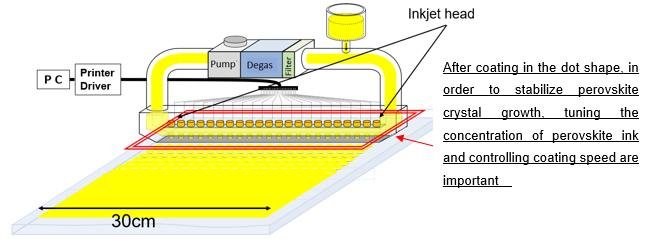The cost of solar power is sinking practically by the day, and the next new “hot” solar cell material — perovskite — will push costs down even more. So far you can’t get perovskite solar cells in stores but this year will bring a trickle into the market.
Perovskite is a naturally occurring mineral (aka calcium titanate) that has been known to science since its discovery in the Ural mountains in 1839.
Silicon, the main ingredient in today’s solar cells is efficient but pricey, and so the hunt has been on for substitutes.

That brings us up to today, when researchers have figured out how to resolve the Achilles’ heel of perovskite, which is its tendency to fall apart in humid conditions. One solution, for example, is to add a dose of graphene to the mix.
Adding Lead in minute quantities to the mix can ramp the efficiency of perovskite solar cells close to the 25% range. Without that assist, efficiency is cut in half.
Researchers at the National Renewable Energy Laboratory(NREL) have found a way to make them Eco-friendly in-spite of using lead.
Meanwhile, Panasonic and NEDO (Japan’s New Energy and Industrial Technology Development Organization) have been working on bringing manufacturing costs down for perovskite solar cell modules.
In the latest development, the collaboration has resulted in a 16.09% efficient PV cell that can be fabricated by deploying a high volume, high throughput process similar to inkjet printing.
Aside from bringing down costs, the lightweight cell can operate efficiently in applications where silicon solar cells are impractical, such as windows and building facades.

On the higher end of the efficiency scale is the strategy of combining perovskite with silicon in a single tandem solar cell. The latest development on that score comes from a research team at the Kaunas University of Technology, in Lithuania.
Their new tandem cell has been Fraunhofer-certified at 29.15% efficiency, a record-breaker for that type of cell.
The basic idea is to use low-cost perovskite as a means of stretching out the more expensive silicon.
According to the researchers, one gram of silicon is only good for producing a few square centimeters of solar material. Their tandem material can cover up to 1,000 square meters.
These new perovskite PV cells shoul hit the shelves of your local hardware store by the end of this year.
Reference- ScienceDirect, Panasonic website, NEDO PR, Clean Technica









